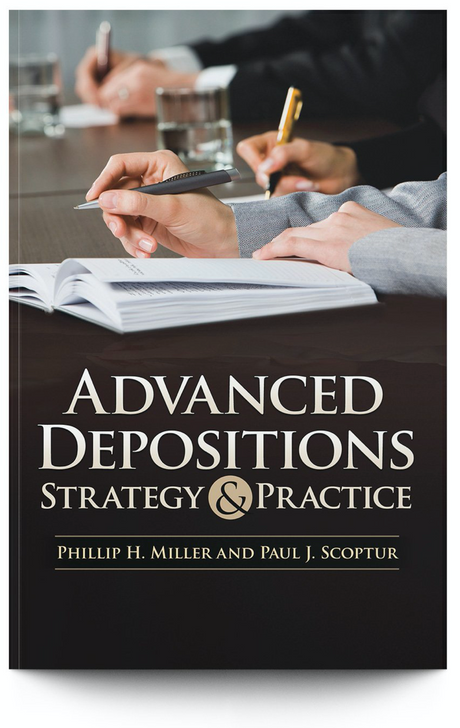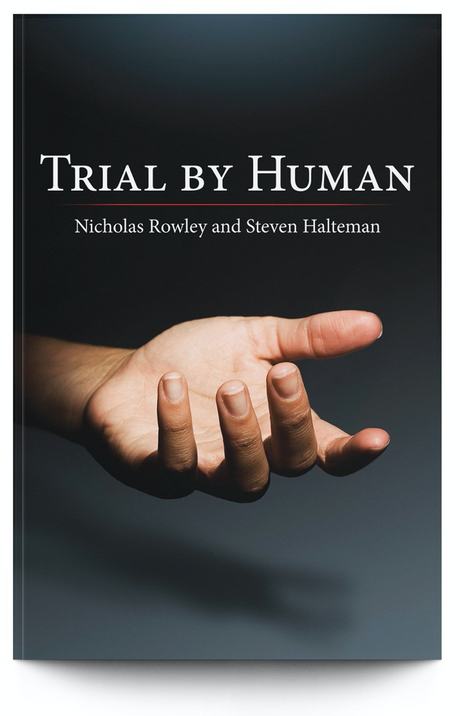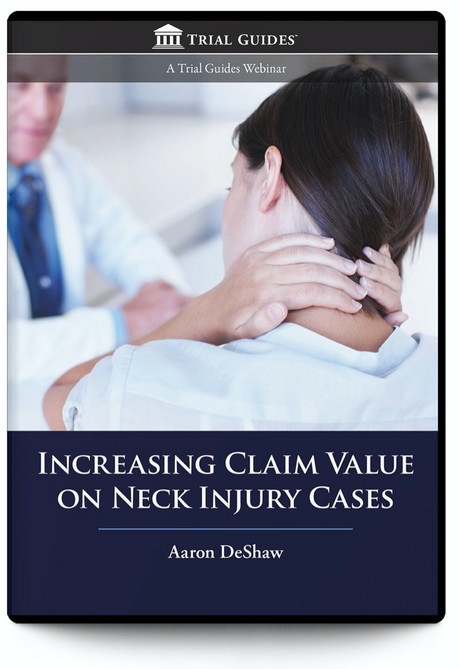Trial Tactics from Rowley, Ball & Mitnik Lead to 7-Figure Settlement
Congratulations to Sarah Havens and the team at Havens Injury Law for securing a phenomenal result on behalf of their injured client. Sarah used lessons from David Ball, Keith Mitnik,...









